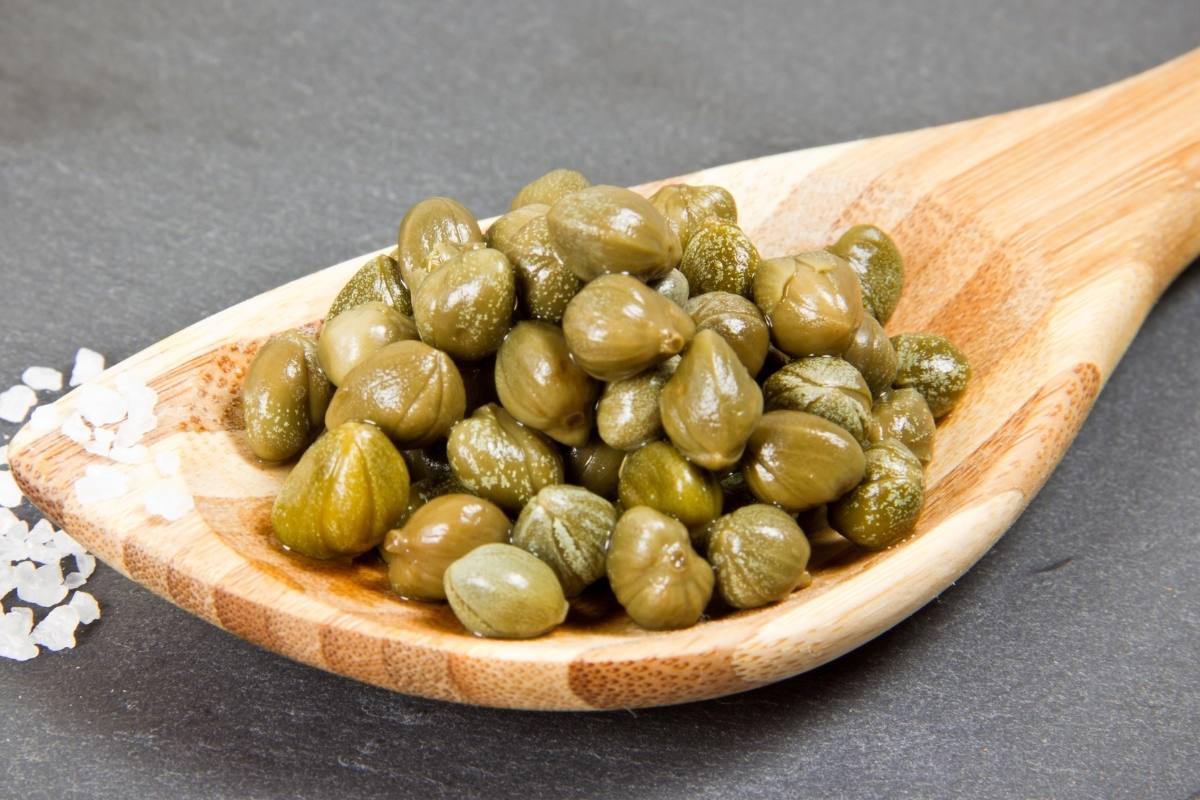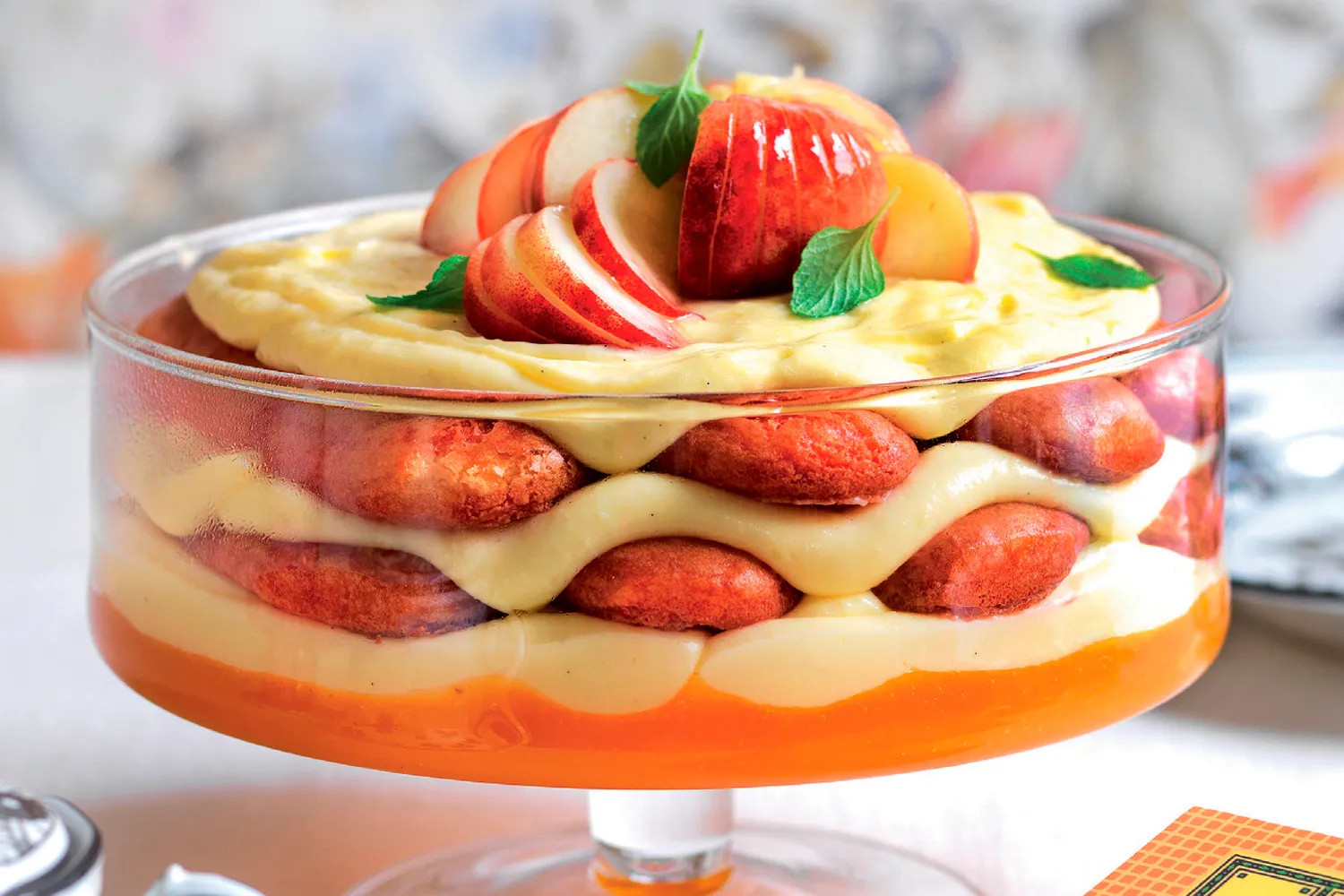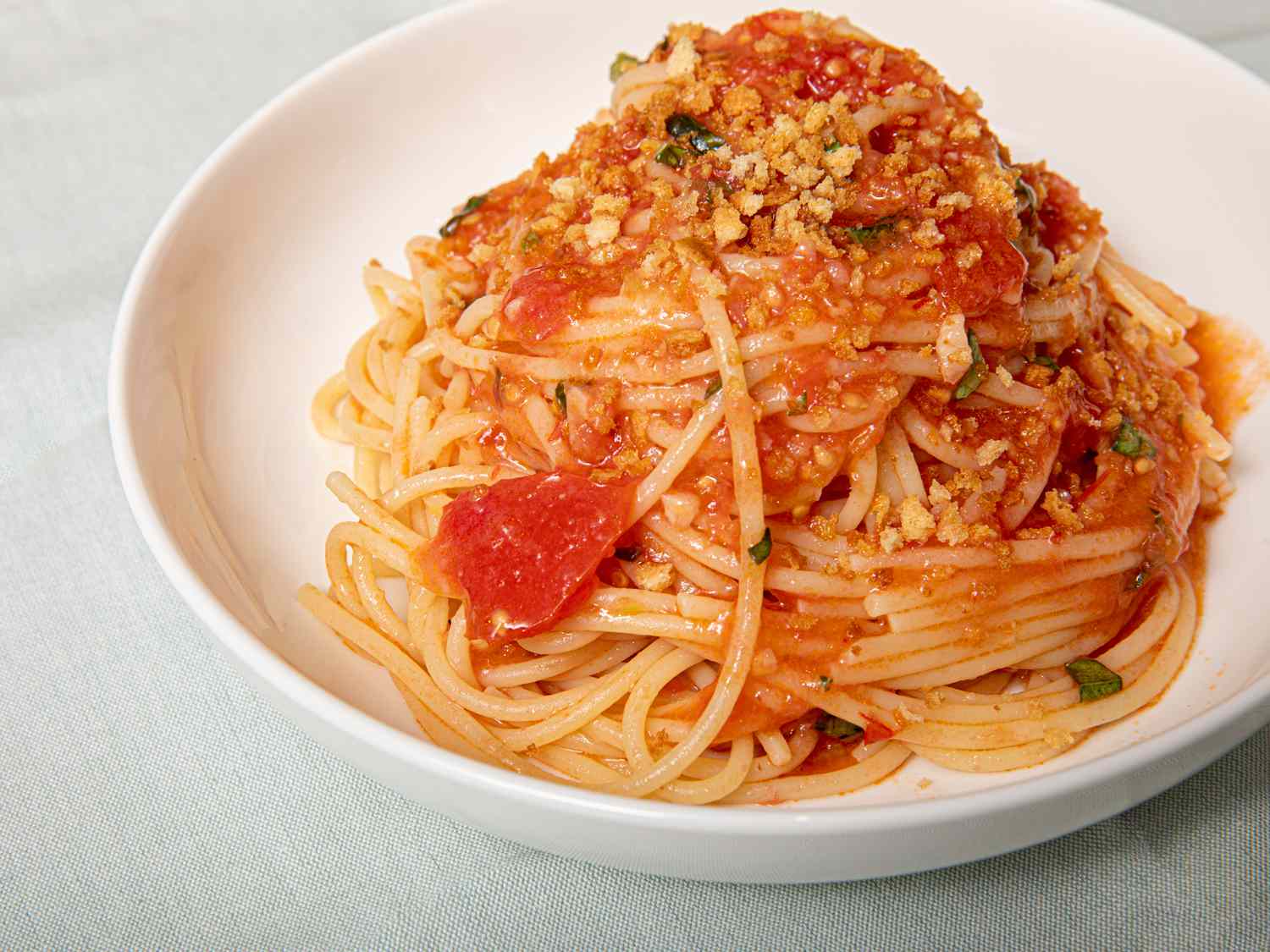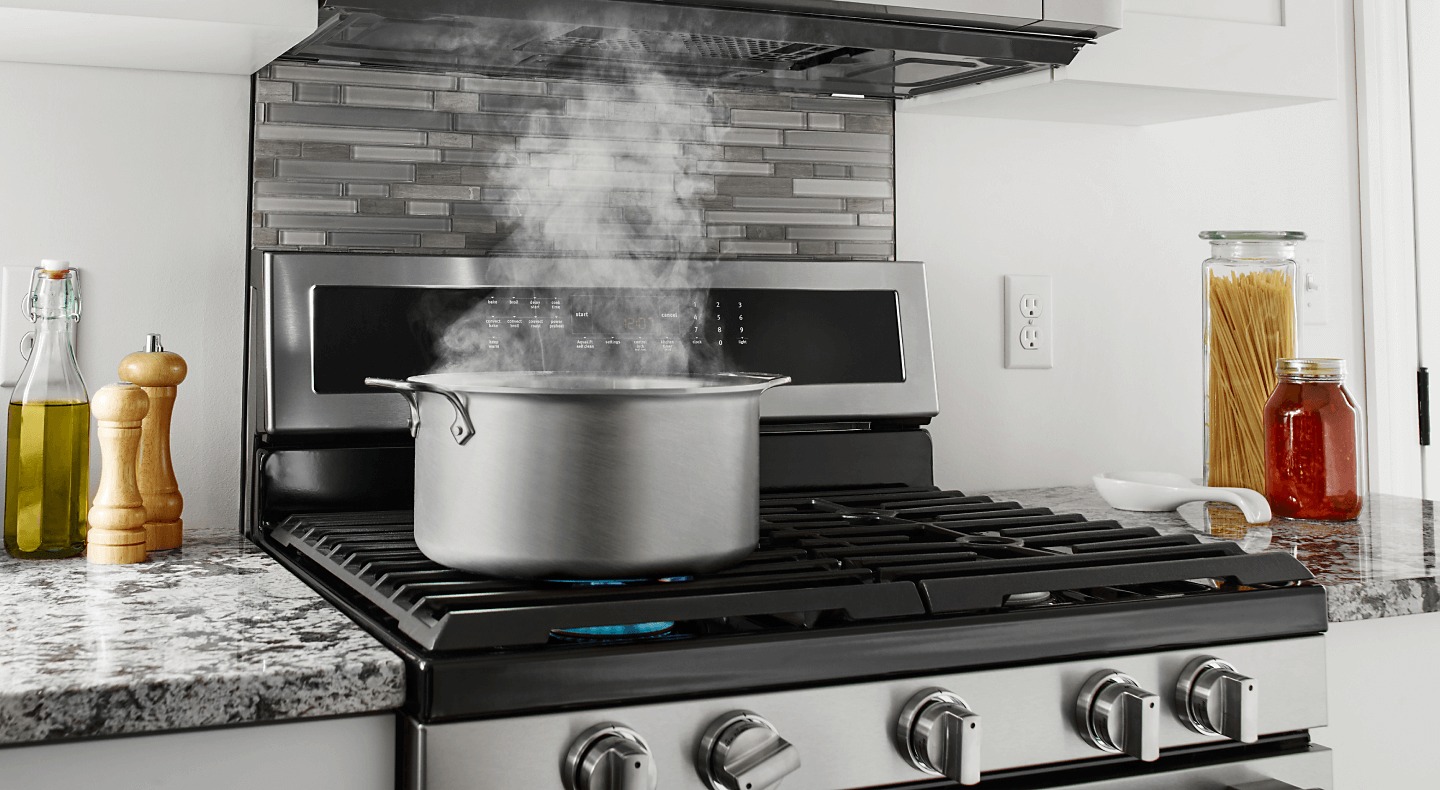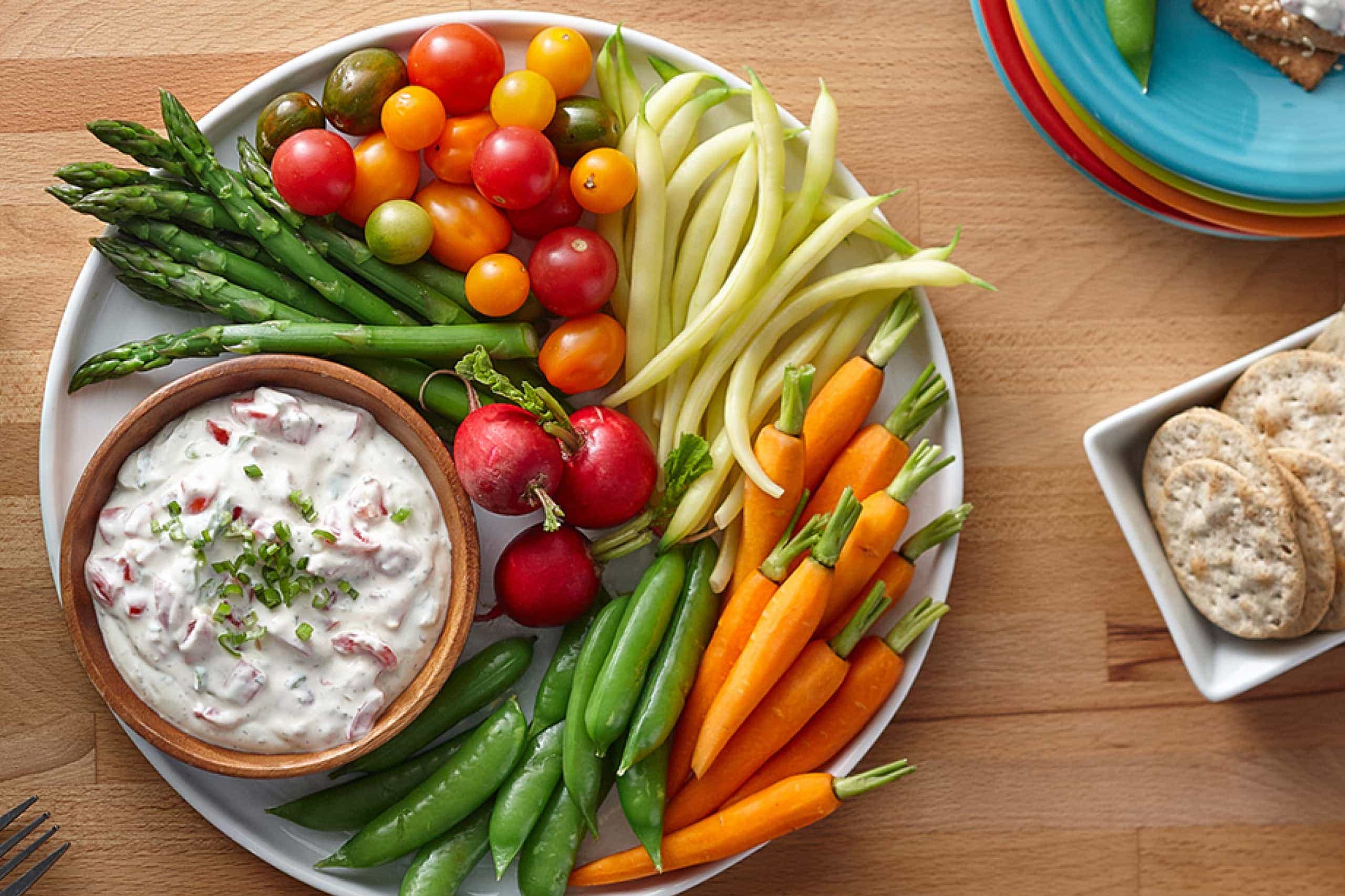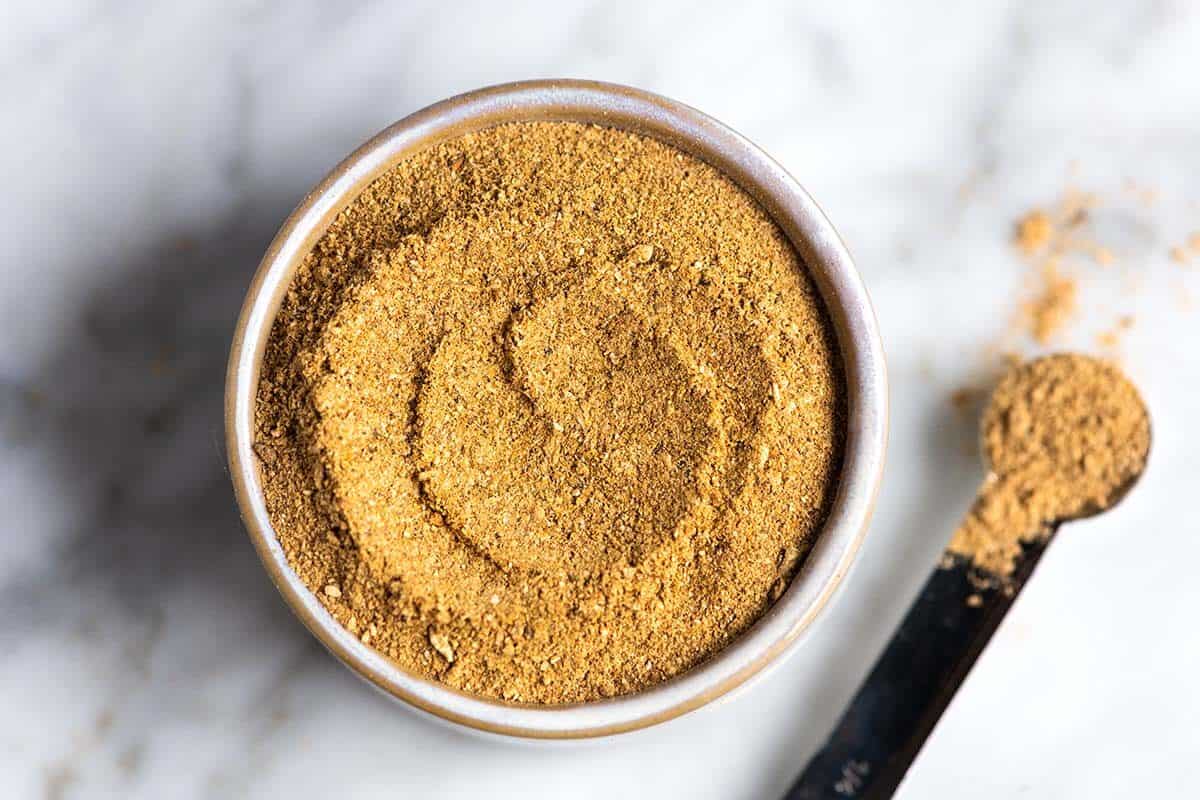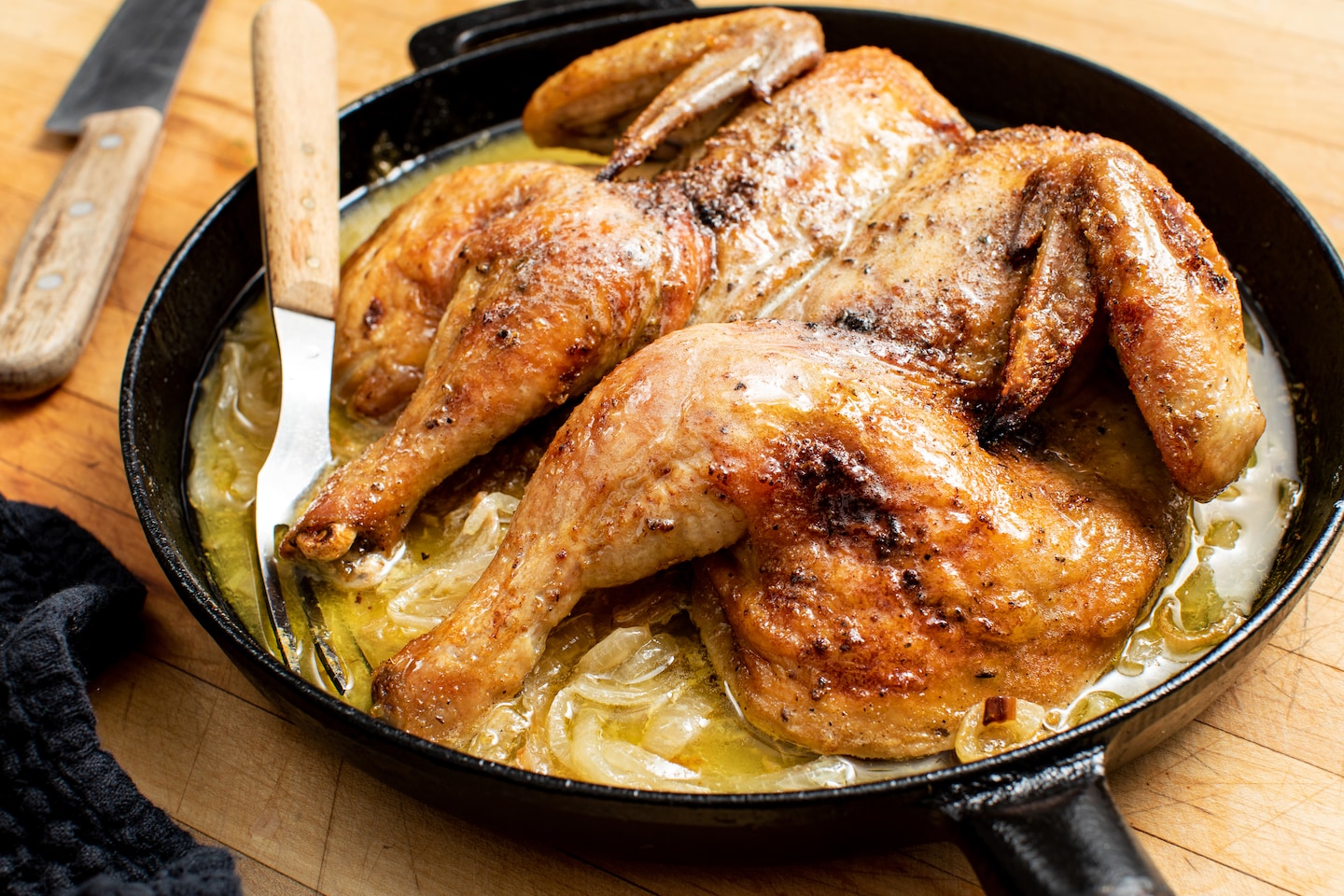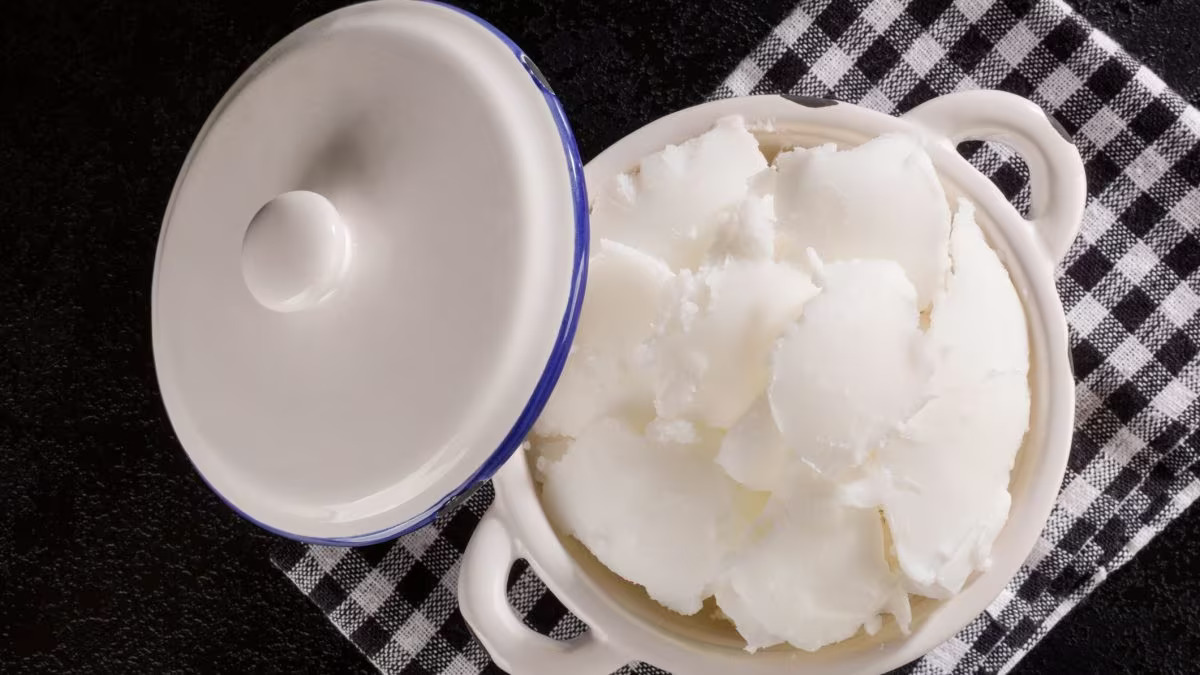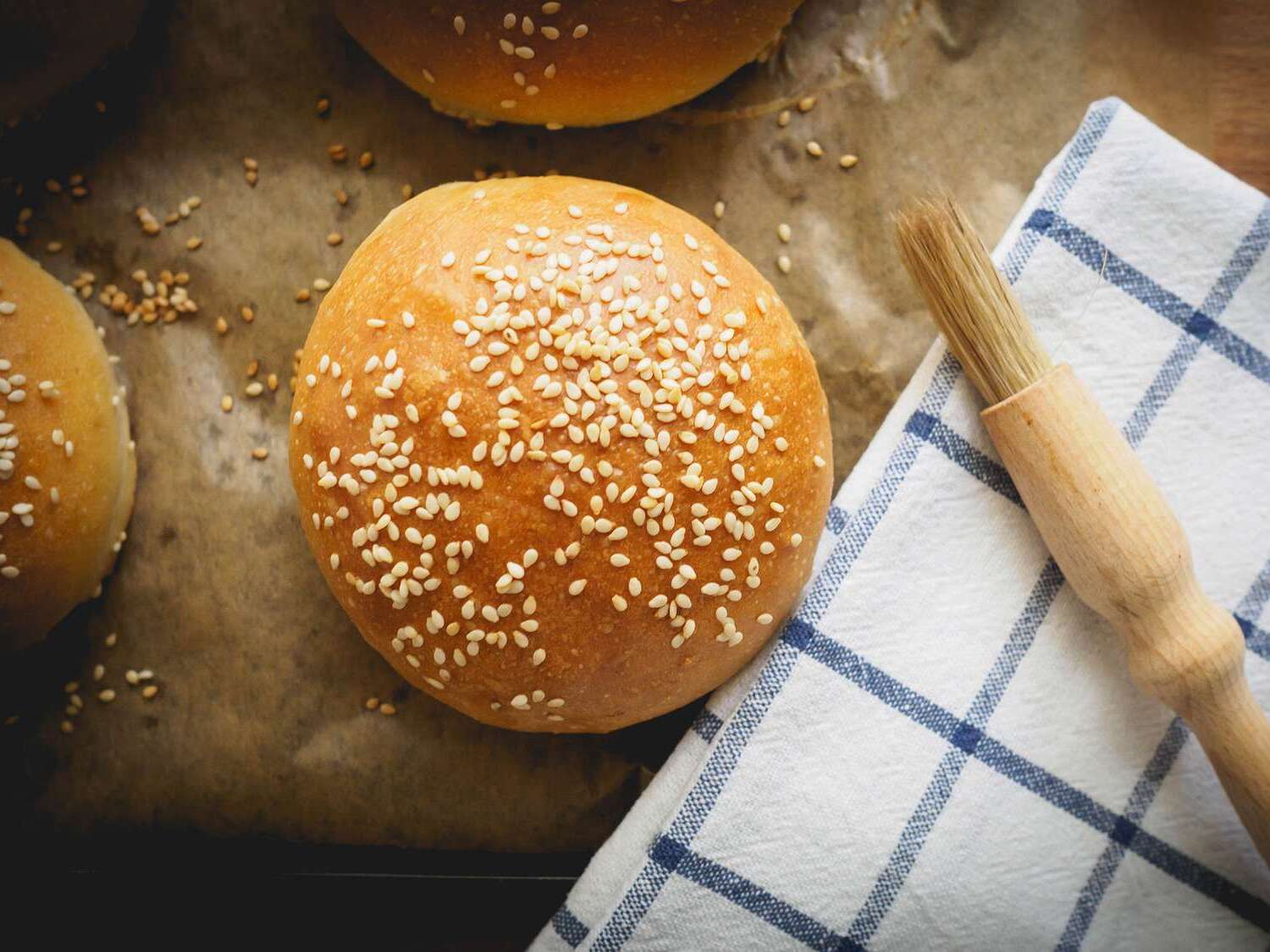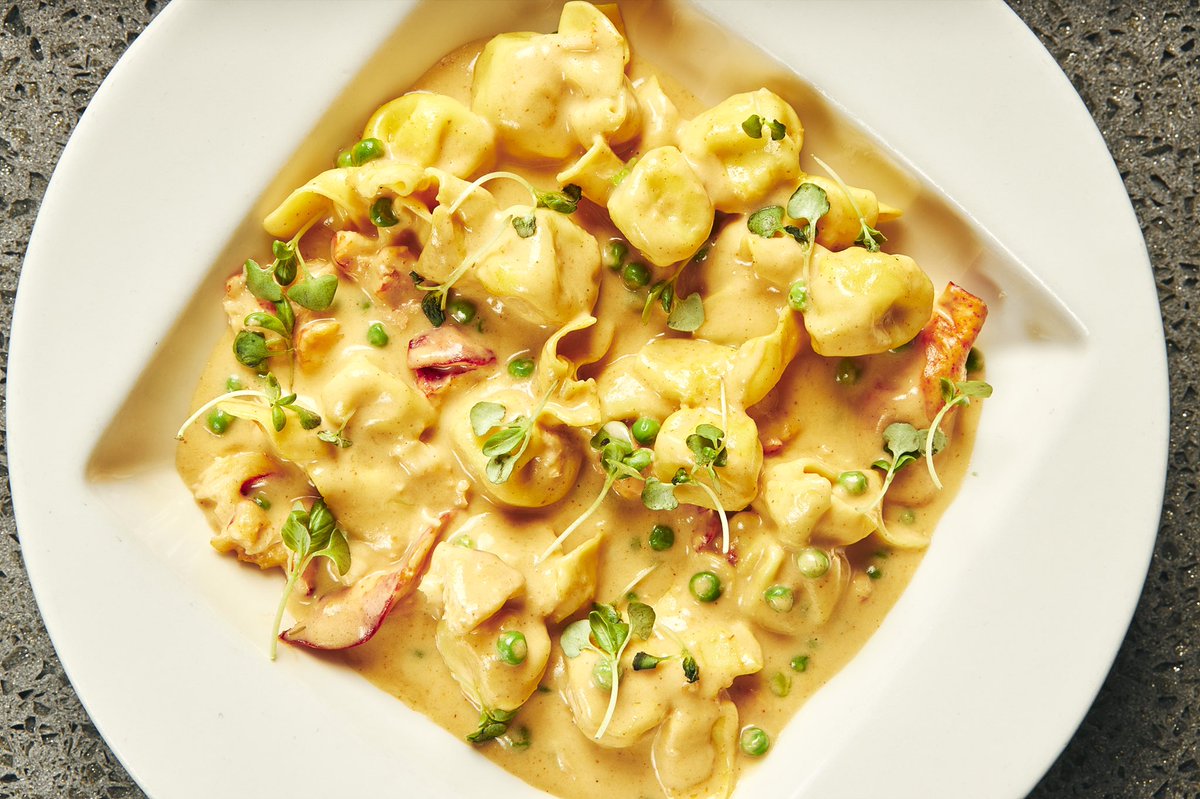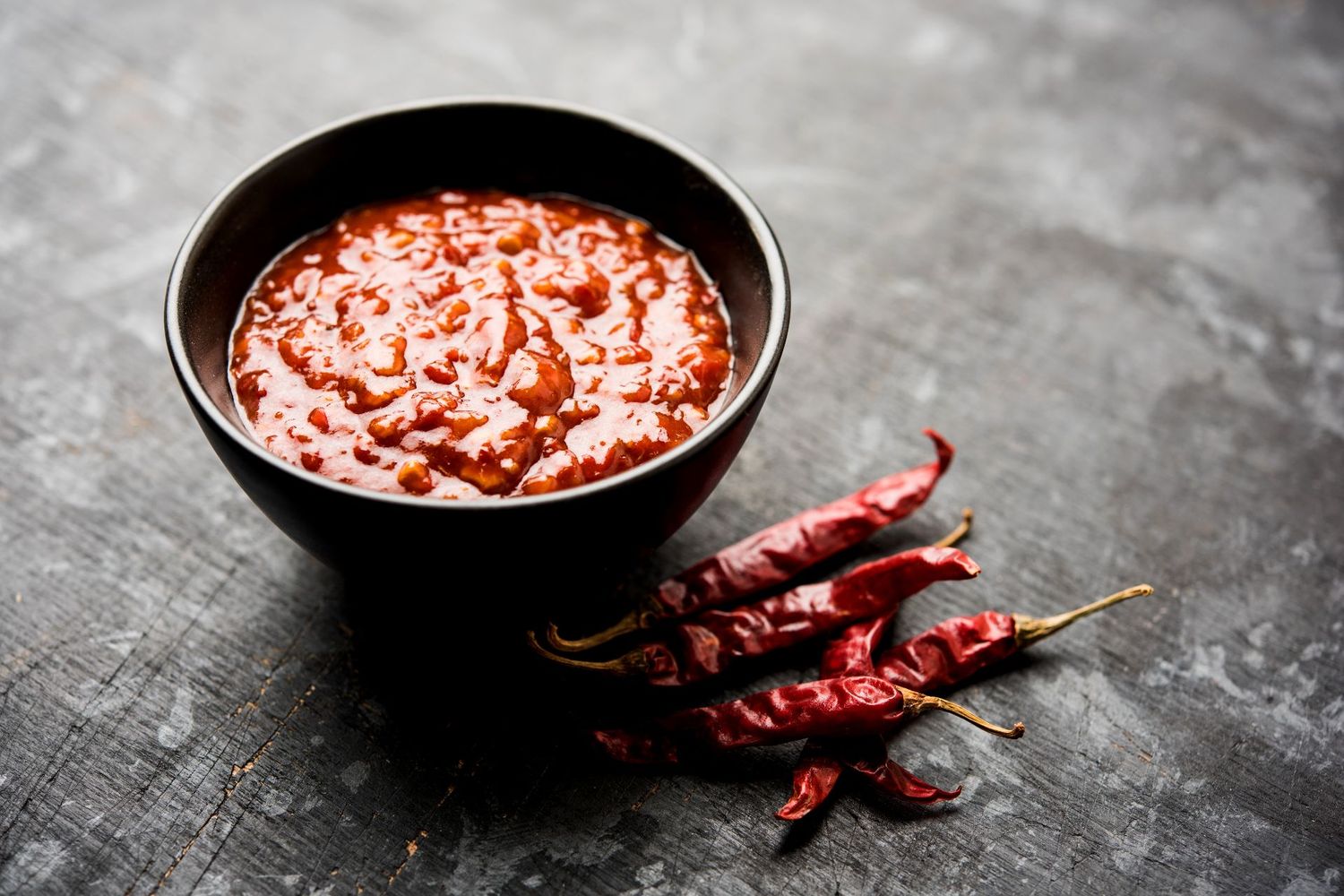Understanding the White Residue on Bread
Have you ever noticed a white, powdery substance on your bread and wondered what it is? You’re not alone. Many people have encountered this mysterious white stuff and have questioned its origin and safety. In this article, we’ll delve into the details of what the white residue on bread is and whether it’s something to be concerned about.
What Causes the White Residue?
The white residue that appears on bread is commonly known as “bloom” or “frosting.” It is a combination of starch and flour that rises to the surface of the bread during the baking process. This phenomenon occurs when the moisture inside the bread migrates to the surface and evaporates, leaving behind the powdery residue.
Is It Safe to Consume?
Rest assured, the white residue on bread is completely safe to consume. It is a natural occurrence and does not indicate spoilage or contamination. In fact, it is a sign that the bread is fresh and has not been overly processed. The presence of bloom on bread is similar to the dusting of flour on artisan loaves, adding to the rustic and homemade appeal of the bread.
Preventing the Formation of White Residue
If you prefer to minimize the appearance of the white residue on your bread, there are a few simple steps you can take:
- Store bread in a cool, dry place to reduce moisture buildup.
- Opt for bread that is freshly baked and has not been sitting on the shelf for an extended period.
- Consider wrapping the bread in a breathable cloth or paper bag to allow excess moisture to escape.
Embracing the Natural Characteristics of Bread
While the white residue on bread may initially raise questions, it is important to recognize that it is a natural occurrence that poses no harm. Instead of viewing it as a flaw, consider it a testament to the authenticity and artisanal nature of the bread. Embracing the unique characteristics of bread, including its crust, crumb, and yes, even the occasional white residue, adds to the charm and diversity of the bread-eating experience.
Conclusion
Next time you spot the white residue on your bread, you can confidently acknowledge it as a harmless byproduct of the baking process. Understanding the science behind this phenomenon can help dispel any concerns and allow you to fully appreciate the wholesome nature of bread. So go ahead, savor that slice of bread, white residue and all!
Was this page helpful?
Read Next: What Is The Best Teriyaki Sauce?
